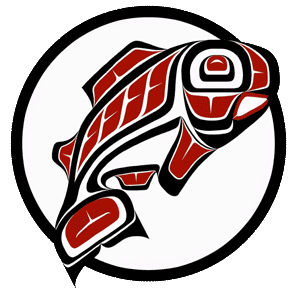Main Content

The BS in Mathematics provides students with a strong theoretical foundation and practical applications to help graduates secure STEM-related jobs. The major is structured so that you will see the three branches of mathematics: algebra, analysis and geometry and study one of these topics in depth. A two-quarter sequence of study in one of these branches is required, fostering a depth and maturity of mathematical thought in a modern context. The flexibility of this degree allows you to follow multiple pathways into the major and through the upper division courses while supporting your personal career goals.
A grade of at least 1.5 is required for TMATH 402 and TMATH 424 to satisfy the major requirements. A 2.0 is required if you wish to take the second class in the sequence TMATH 403 or TMATH 425.
-
No more than 5 credits can be satisfied by a course numbered below 300. No more than 5 credits can be satisfied by TMATH 495, TMATH 496, TMATH 498 or TMATH 499. Note that a class may satisfy two elective areas, which will afford students flexibility to tailor their studies toward their desired career goals.
-
TMATH 390 Probability and Statistics in Engineering and Science
-
TMATH 412 Cryptography OR TCSS 487 Cryptography (may receive elective credit for one class only)
-
TCSS 143 Fundamental of Object-Oriented Programming Theory and Application
-
Any additional courses beyond the required 5 credits from the extended core list.
-
TMATH 450, the Mathematics Capstone class, is designed to both provide opportunities to earn Mathematics Community Points and to hone students' technical communication skills. Students must complete a research experience such as an independent reading, undergraduate research experience, special topics course, internship or senior thesis before enrolling so that they can draw upon the experience and results when creating their paper and presentation.
-
To prepare to enroll in TMATH 450, the Capstone project should be started no later than the summer before 450 is to be taken. The Capstone experience culminates in a paper, which is used as a basis for enrollment in TMATH 450 in Winter quarter. The paper must be 75 percent complete to be considered for enrollment in TMATH 450, which is required for graduation. Students in TMATH 450 must earn marks at or above 1.5, and must co-enroll in TMATH 351.
CAREER OPPORTUNITIES
- Actuarial Science
- Database and Computer Systems Administration
- Education
- Government
- Engineering
- Network and Data Communication Analysis
- Physics
- Post-graduate Studies
- Quantitative Finance
- Statistical Analysis
ADMISSION REQUIREMENTS
A minimum of 45 lower-division credits is required before declaring the major. To declare the Mathematics major, students should reach out to the major academic advisor.
DEGREE REQUIREMENTS
For a BS in Mathematics, students must complete 79 major credits, as well as the UWT general education and graduation requirements totaling a minimum of 180 credits.
